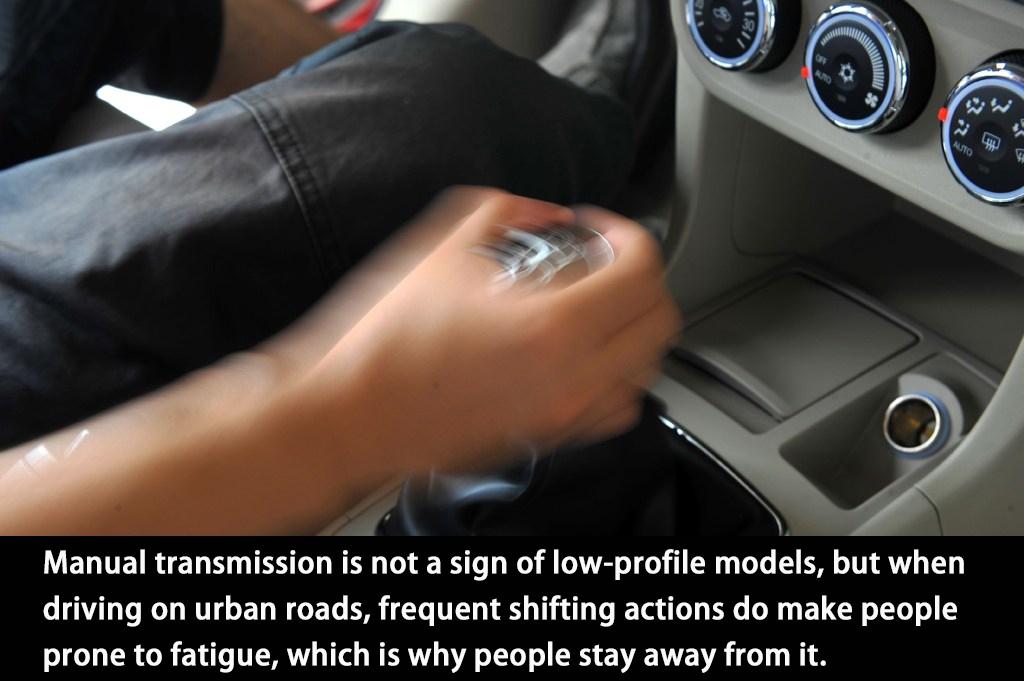[WapCar] From the parameter configuration table of WapCar, you will see manual gearboxes, automatic gearboxes, continuously variable gearboxes, dual-clutch gearboxes, sequential gearboxes...what is the difference between them in terms of structure and use?
Gearbox function
Before understanding the structure of the gearbox, we must first know why a gearbox is needed and what its function is. According to different driving conditions, the speed and power of the vehicle need to be able to change within a larger range, to achieve this, in addition to effective braking, gear selection is also very important, so changing the transmission ratio to adapt to different driving conditions is a major function of the gearbox. In addition, realizing reversing and using neutral to cut off power transmission without stalling are also reasons why gearboxes are widely used in the field of internal combustion engines.
Manual gearbox
"Manual gearbox is not a sign of low-end models." This position must be stated before introducing this type of gearbox. Models equipped with manual gearboxes require the driver's hands and feet to switch gears during driving, but some people also regard this direct communication with machinery as a pleasure.


Manual gearboxes are also divided into gears, we commonly have 5-speed manual gearboxes and 6-speed manual gearboxes. Of course, you must have heard some news about the 7-speed manual gearbox, this manual gearbox from ZF is assembled on a Porsche Carrera model. What is certain is that the more gears, the tighter the gear ratios, the more comfortable power connections, and the better fuel economy and comfort performance at high speeds.
Working principle
Let's first understand the working principle of the manual gearbox through the following simple structure model. The green part in the picture is the input shaft, which is connected to the engine through a clutch, and the power of the input shaft is transmitted to the output shaft in the yellow part through the gear of the intermediate shaft. At this time, the output shaft and the blue gear are not running synchronously, in the figure, because the sleeve is located in the center of the two output shaft gears, it is not combined with any of the gears. Therefore, it is neutral in this state. What is the state after it is put on the gear?



Using the shift lever to operate the shift fork so that the sleeve is combined with the first gear on the output shaft, at this time, under the action of the sleeve, the first gear and the output shaft operate synchronously, completing the process of power transmission from the input shaft through the intermediate shaft to the output shaft and finally to the wheels. Under normal circumstances, when pushing the shift lever into the gear, the driver needs to depress the clutch pedal first, and then lift the clutch pedal when the gear is ready. In addition, starting and stopping must operate the clutch to interrupt the power transmission between the engine and the gearbox.

Advantages and disadvantages of manual gearbox
First of all, the manual transmission model is definitely not as comfortable as the automatic transmission model, which requires the driver to put in more physical effort. Of course, many people regard this as a driving pleasure, but if the traffic is rush hour, frequent actions will wipe out this "pleasure". But ts advantage lies in stable work and cheap maintenance, in addition to the regular replacement of manual transmission oil for manual gearboxes in household cars, the replacement of the clutch is considered a relatively large maintenance item.